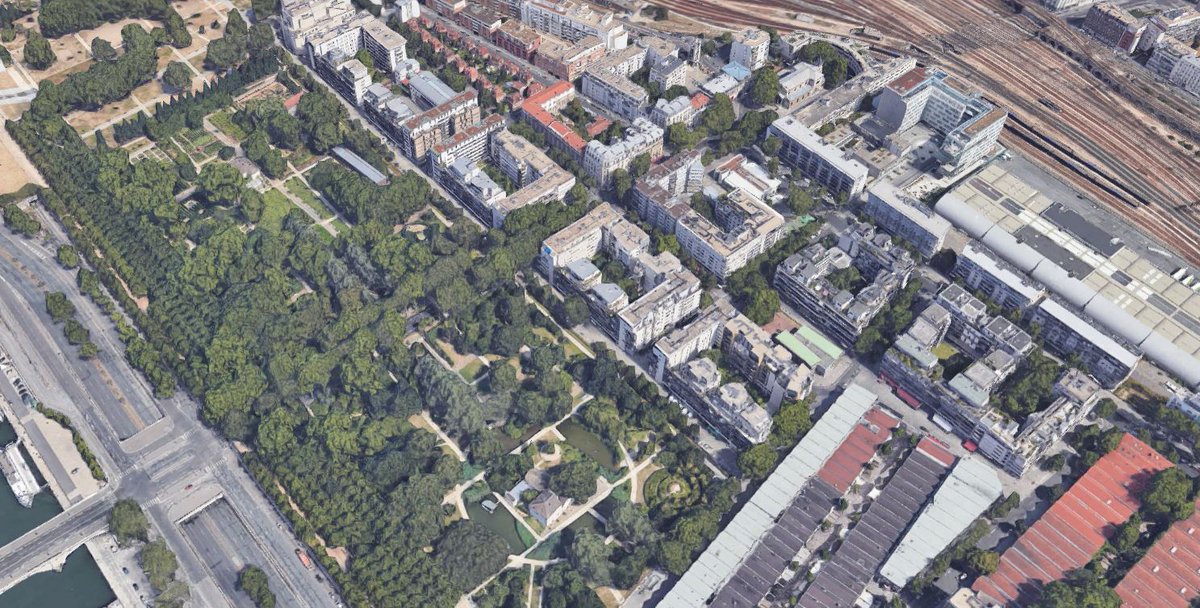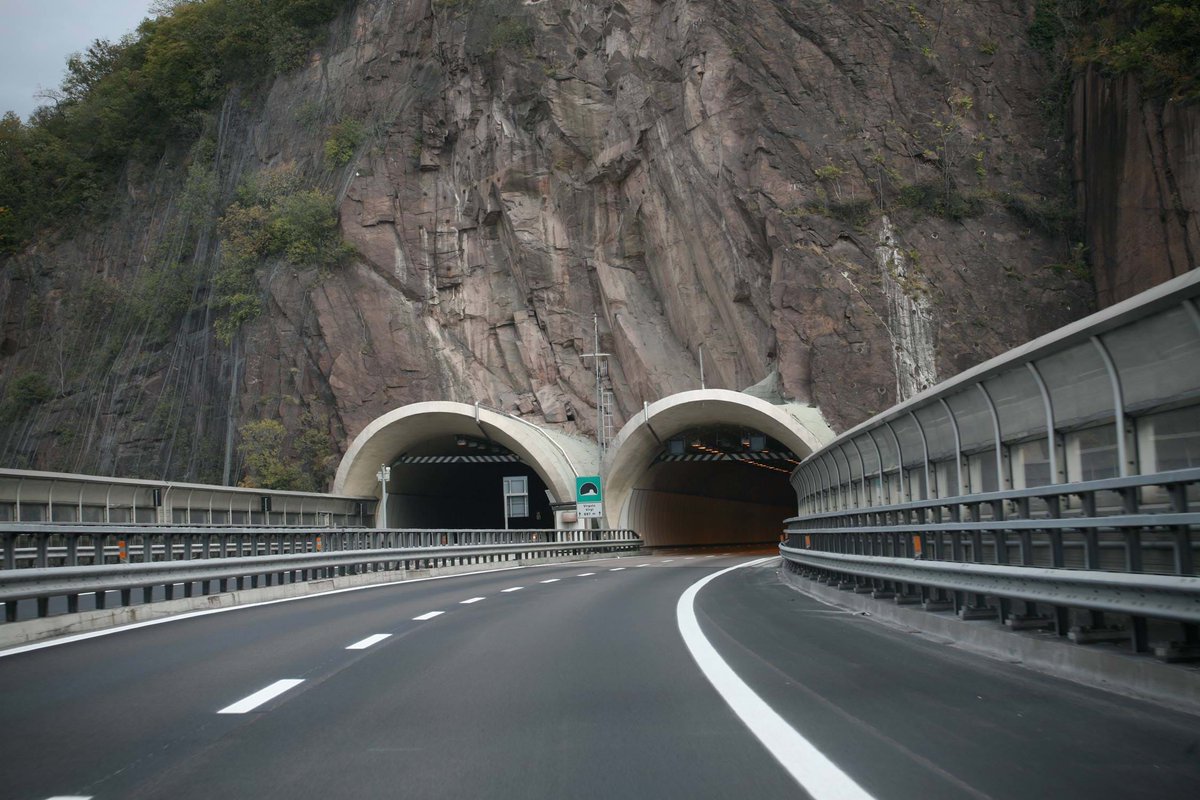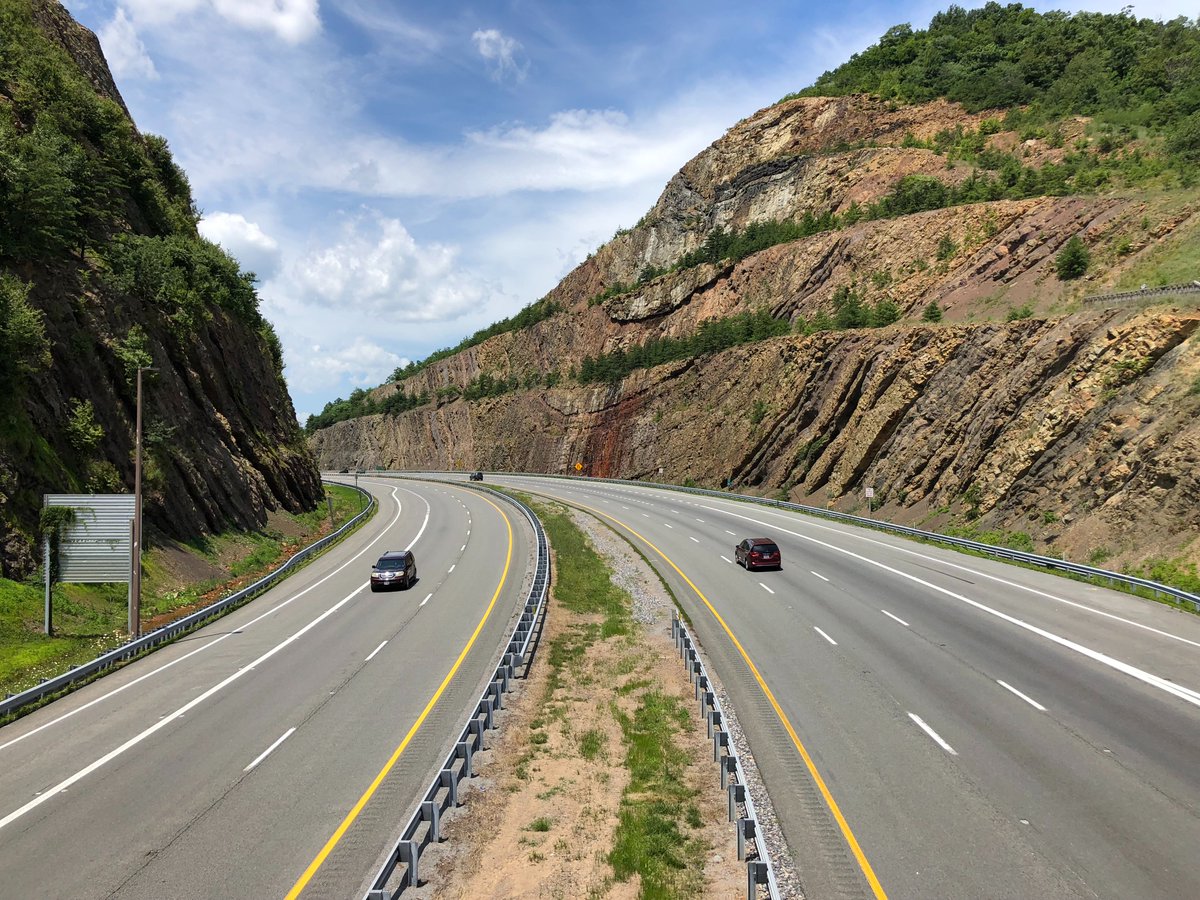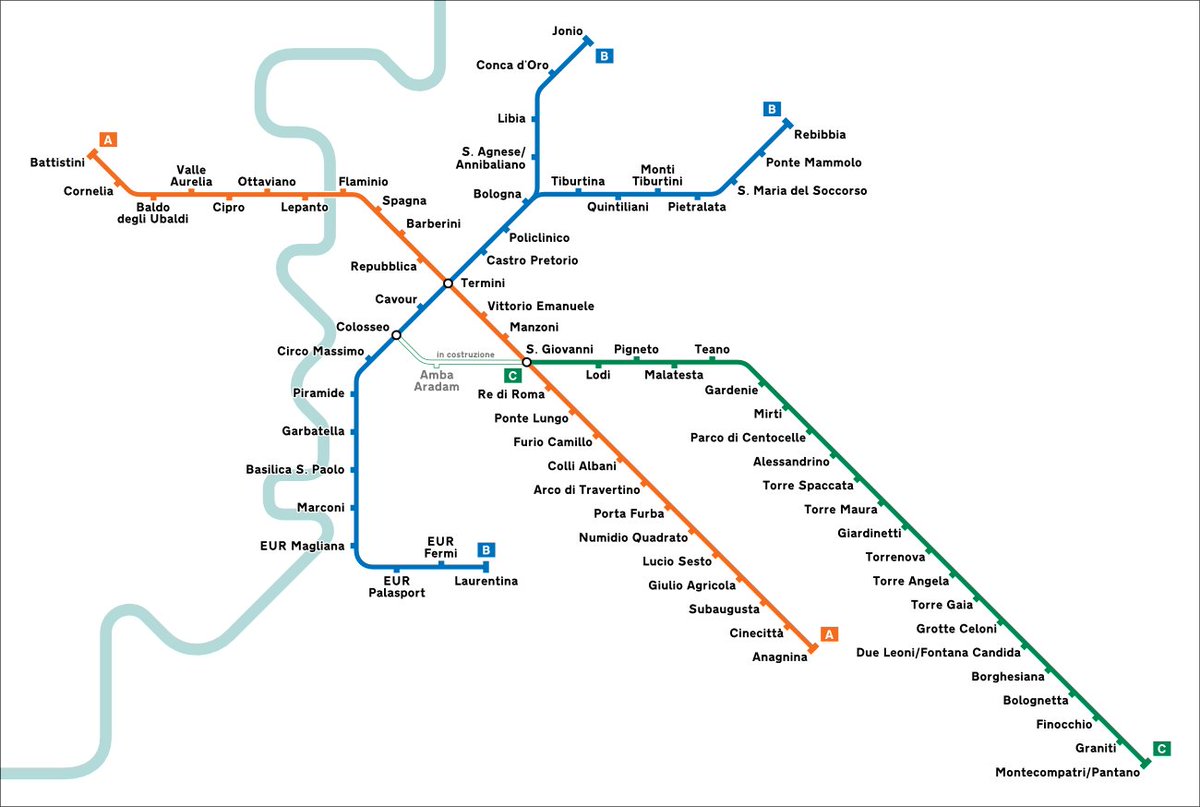
It's time for Québec to open a serious discussion about the use of expropriation/eminent domain and the alternatives. The Grand Parc de l'Ouest is a paradigmatic case in which a different approach, like for example a form of Transfer of Development Rights, would have been better 

In part of the area (140ha, orange) that has been expropriated there was a proposed (not approved, proposed) development and the owner is now reclaiming compensation for that on top of the actual land value 

Those kind of policies that prevent further sprawl and provide a large park at the metropolitan scale cannot be jeopardized by the claim that every single project that is in the mind of a developer is part of a right to build that must be compensated in any case
If a clear separation of the right to build from the property right is probably not juridically possible in Québec, forms of Transfer of Development Rights could help settle land acquisition with less costs and litigations
There is a major transit infrastructure coming soon in that area, the REM, with opportunities for TOD-like development. Let's move at least part of these "lost" dev. rights next to future REM stations. This is what a classic example of application of the TDR called "perequazione"
This is what "perequazione", i.e. equalization technique, is about
https://twitter.com/ChittiMarco/status/1311074854649704449?s=19
• • •
Missing some Tweet in this thread? You can try to
force a refresh























